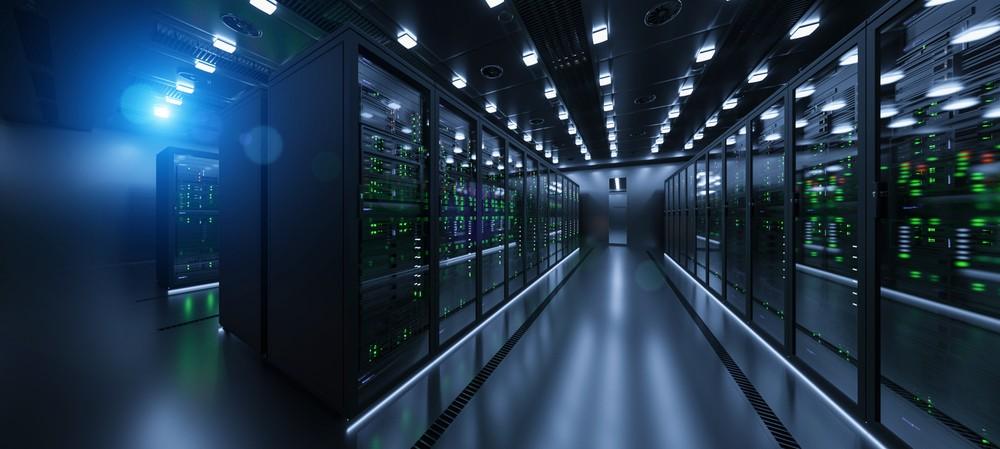Exploring the Diverse and Evolving Streams of Data Center Energy Storage Market Revenue

The generation of Data Center Energy Storage revenue is built upon a combination of traditional hardware sales and a growing portfolio of advanced software and service-based models. As these systems evolve from simple backup devices to intelligent grid assets, the ways in which companies monetize them are also becoming more sophisticated. The financial health of this market is exceptionally strong, directly reflecting its indispensable role in the digital world. Market analysis indicates a significant growth trajectory, with the industry's total value expected to grow from USD 6.70 billion in 2025 to USD 16.68 billion by 2034, a testament to its powerful monetization strategies and its projected CAGR of 10.19%.
The primary and most established revenue stream comes from the sale of hardware and the associated long-term service contracts. This includes the initial capital expenditure for the UPS systems, battery racks, power conversion systems, and all the related switchgear and controls. This is a massive global market for physical equipment. Following the initial sale, vendors generate significant, high-margin recurring revenue from multi-year service and maintenance contracts. These contracts ensure the system is properly maintained, batteries are monitored and replaced as needed, and software is kept up to date. This combination of a large upfront hardware sale followed by a long tail of service revenue has been the traditional and highly profitable business model for the industry's leading players for decades.
A major growth area for revenue is the shift towards more flexible, service-based commercial models, often referred to as Energy Storage as a Service (ESaaS). In this model, instead of making a large upfront capital purchase, a data center operator pays a recurring monthly or annual fee to a provider who owns, operates, and maintains the energy storage system on their site. This converts a capital expenditure (CapEx) into an operational expenditure (OpEx), which can be very attractive from a financial perspective. This model lowers the barrier to entry for adopting larger and more advanced storage systems and provides a stable, predictable revenue stream for the service provider. As customers become more comfortable with as-a-service models for other parts of their IT stack, ESaaS is gaining significant traction.
A truly transformative new revenue stream is emerging not for the equipment vendors, but for the data center operators themselves, enabled by their investment in storage. By deploying large-scale battery systems, data centers can now participate in wholesale energy markets and provide ancillary services to the grid. For example, they can get paid by the utility or grid operator for providing frequency regulation, where their battery rapidly charges and discharges to help stabilize the grid's frequency. They can also participate in demand response programs, reducing their grid consumption and discharging their batteries during peak demand events. This ability to generate revenue from their power infrastructure is a paradigm shift, turning a traditional cost center into a profit-generating asset and fundamentally changing the economic calculus of investing in data center energy storage.
Explore Our Latest Trending Reports:
Canada Direct Carrier Billing (DCB) Market
- Art
- Causes
- Crafts
- Dance
- Drinks
- Film
- Fitness
- Food
- Игры
- Gardening
- Health
- Главная
- Literature
- Music
- Networking
- Другое
- Party
- Religion
- Shopping
- Sports
- Theater
- Wellness
